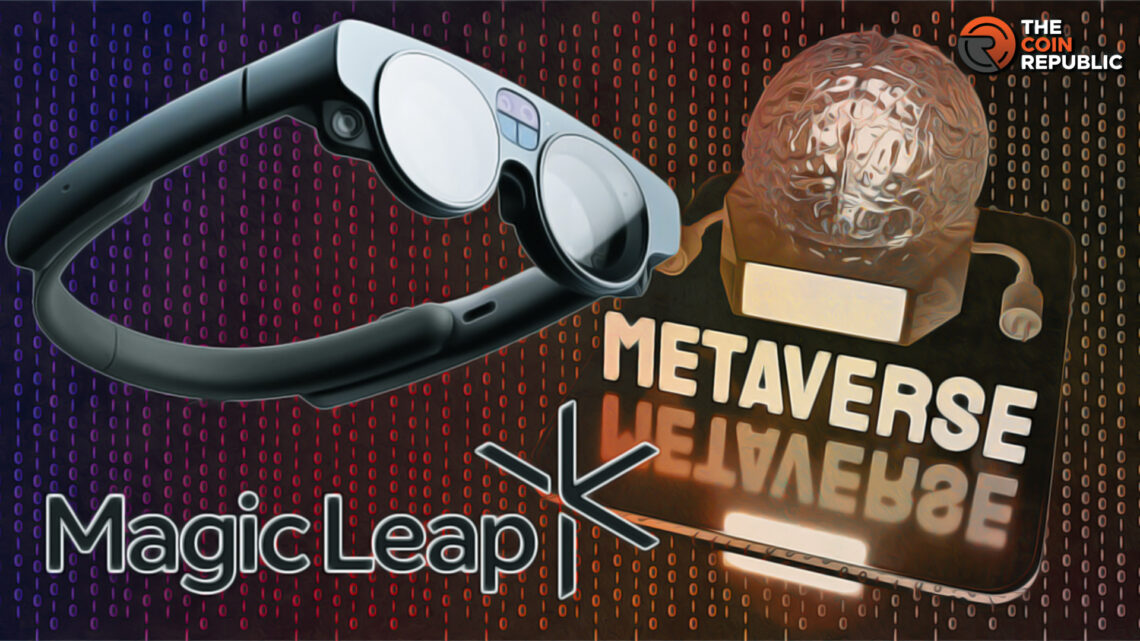- 1 The metaverse was initially seen as a digital twin replicating our physical environments.
- 2 Some analyses highlight that demand for HMDs might decline.
A couple of years ago, the term ‘metaverse’ seemed like a dream that would soon turn into a reality. Afterall, the one who dominated social media, Meta Platforms (then Facebook), envisioned that future. It was the fog then that has been cleared and people can see through it now. Some believe it is already dead, some still have faith in it. Executives of Magic Leap, an American technology company, Ross Rosenberg and Daniel Diez debated the fading buzzword.
Metaverse Became Much About Artificial Digital Environments
“Customers have become much more sophisticated. They can be much more discerning. They don’t necessarily need those kinds of broad-based terms. Again, am I going to display the information? Am I going to locate it? Am I going to interact with it? They really want to know what kind of spatial 3D experience they can have.” Ross told the American technology website VentureBeat.
Spatial experience is kind of a human-computer interaction that combines the physical world and the digital world. Pokemon Go, an augmented reality (AR) game, comes close to this concept. However, spatial space goes beyond this definition as users cannot actually interact with the elements in the game. Tech giant Apple is about to launch its mixed reality (MR) headset dubbed Vision Pro, which is going to be launched in Q1 2024, is focused entirely on spatial computing.
“The way it was defined early on, it also became incredibly narrow. Because it was one company leading the conversation at the time, it became very much about artificial digital environments that remove you from the physical world. It became much more of a VR conversation,” Diez said. “People were fascinated by that, which is great. Any interest in spatial computing is a great thing. But it became too narrow a view of what the metaverse is.”
The metaverse was initially seen as a digital twin replicating our physical environments. Furthermore, this narrative was more driven by virtual reality (VR) which provides the users with simulated environments. There is no blend or touch of the physical surroundings people witness in daily lives. People have started using extended reality (XR), a catch-all phrase for AR, VR, and MR, more while talking about metaverse technologies.
Magic Leap is among the leading companies working on metaverse technologies alongside Microsoft, Meta, Apple, and more. Unlike the expensive head mounted displays (HMDs) revealed by Magic Leap or Apple, Meta’s Quest 3 is quite affordable to many. The device costs around $500 in contrast to Vision Pro or Magic Leap 3 devices which cost $3,400 on average.
However, some analyses highlight that demand for these devices might decline and cause the companies to lower their sales target accordingly. A recent report suggests that the industry generated $83.9 Billion in 2023 and is likely to become a $1.3 Trillion market by 2030.
Anurag is working as a fundamental writer for The Coin Republic since 2021. He likes to exercise his curious muscles and research deep into a topic. Though he covers various aspects of the crypto industry, he is quite passionate about the Web3, NFTs, Gaming, and Metaverse, and envisions them as the future of the (digital) economy. A reader & writer at heart, he calls himself an “average guitar player” and a fun footballer.


 Home
Home News
News







